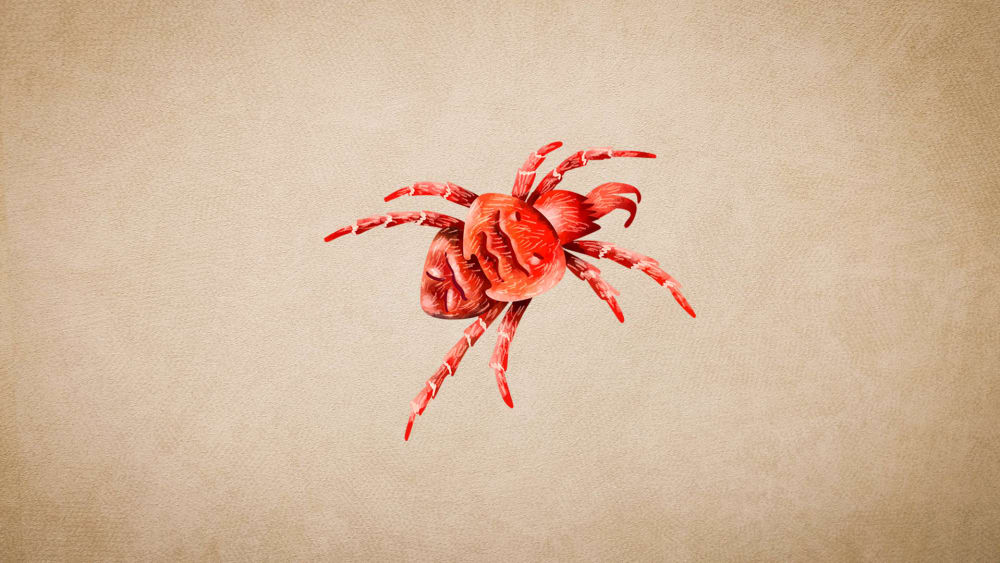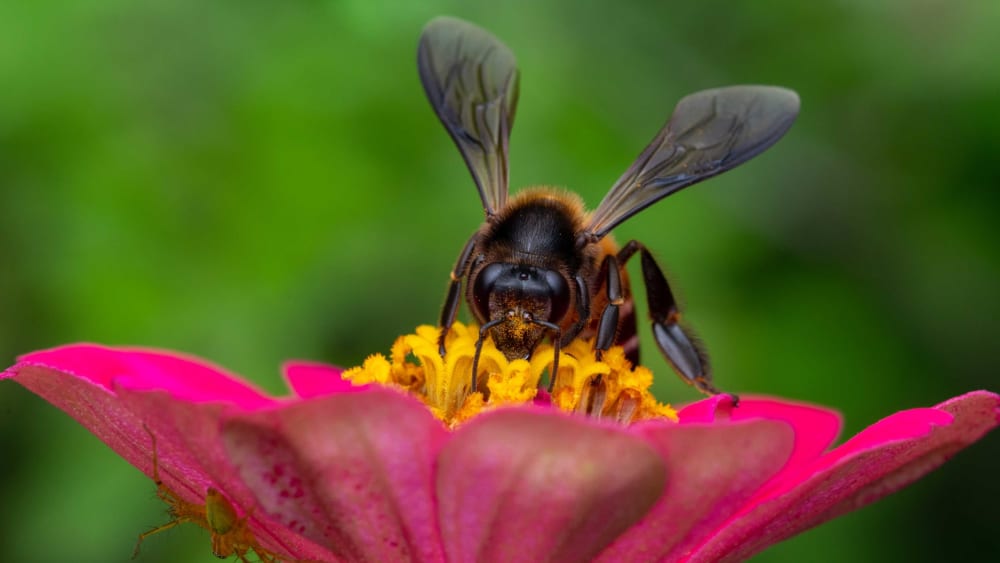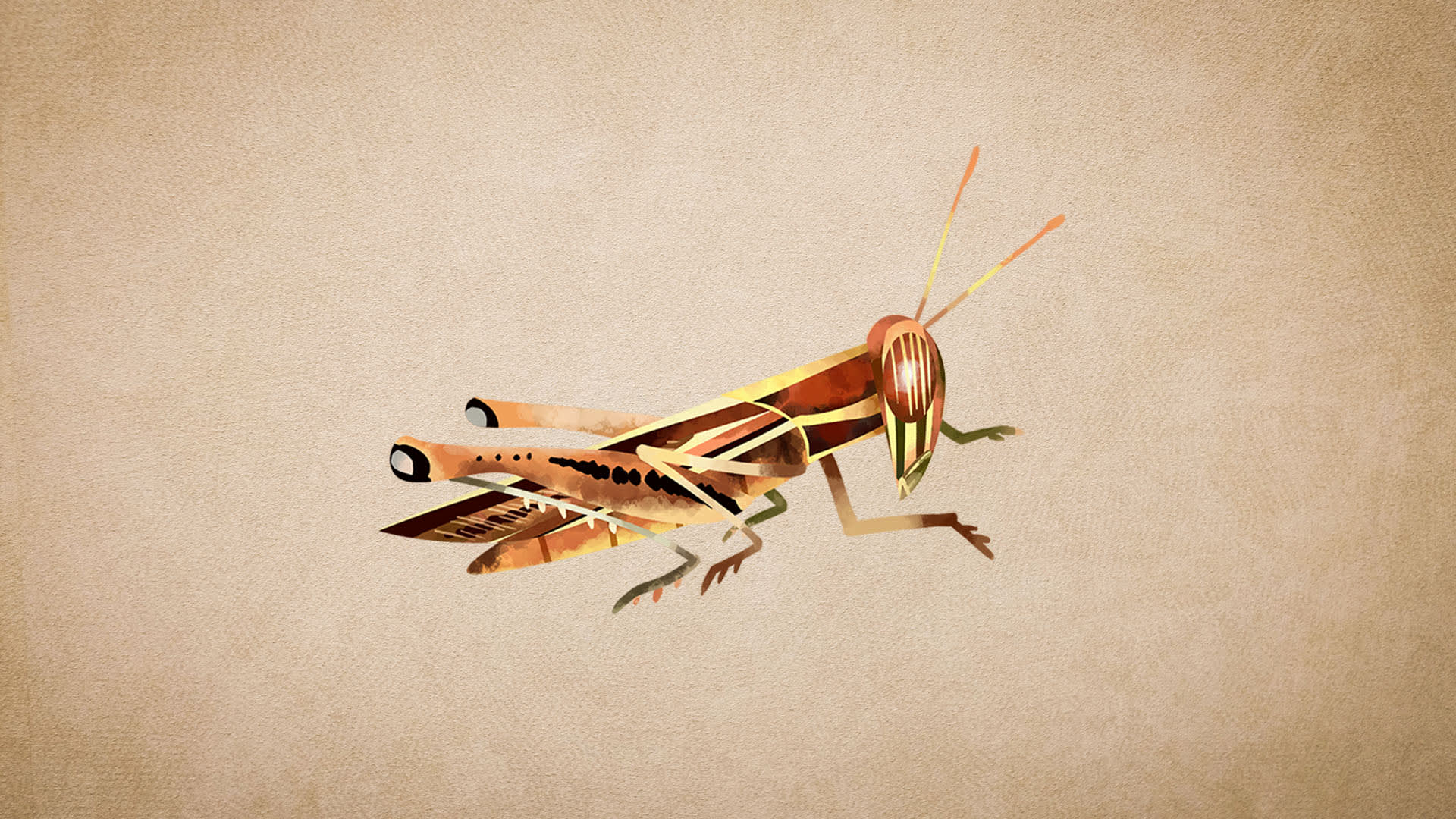Stories
Other Invertebrates

Filters 

Apply

Infographic
Red Velvet Mite: Habitat, Courtship and Lifecycle

Green Humour
Justice for Wild Cockroaches

Photo Story
The Host Killer: Death by Parasitoid Wasp

Infographic
Rock Bee: Facts, Life Span, Defence Strategies

Mixed media
A Twist in the Tale: Parasitoid Wasps

Infographic
Parasitoid: Facts, Diet, Lifecycle

Infographic
Scorpions: Facts, Habitat, Defences

Species
Wild and Free: Where the Rock Bees Roam

Wild Vault
Night Vision of Rock Bees

Species
Termites: Architects, Farmers, Ecosystem Engineers (and Pests)

Infographic
Termites: Facts, Colonies, Mounds
No Records more for listing !!
Load more
Viewing xx of xx items



